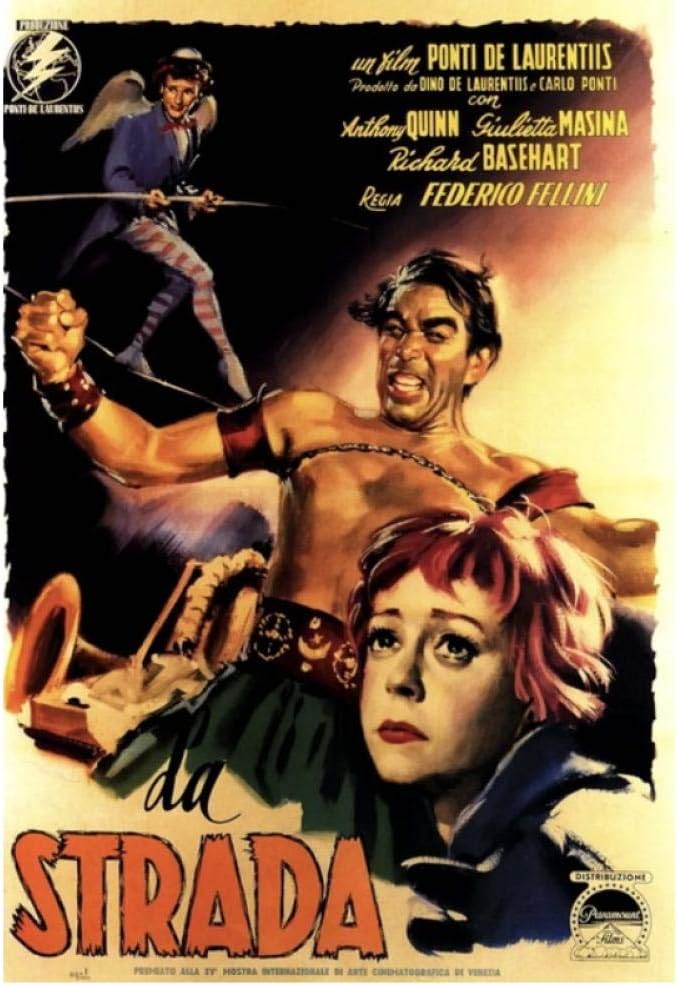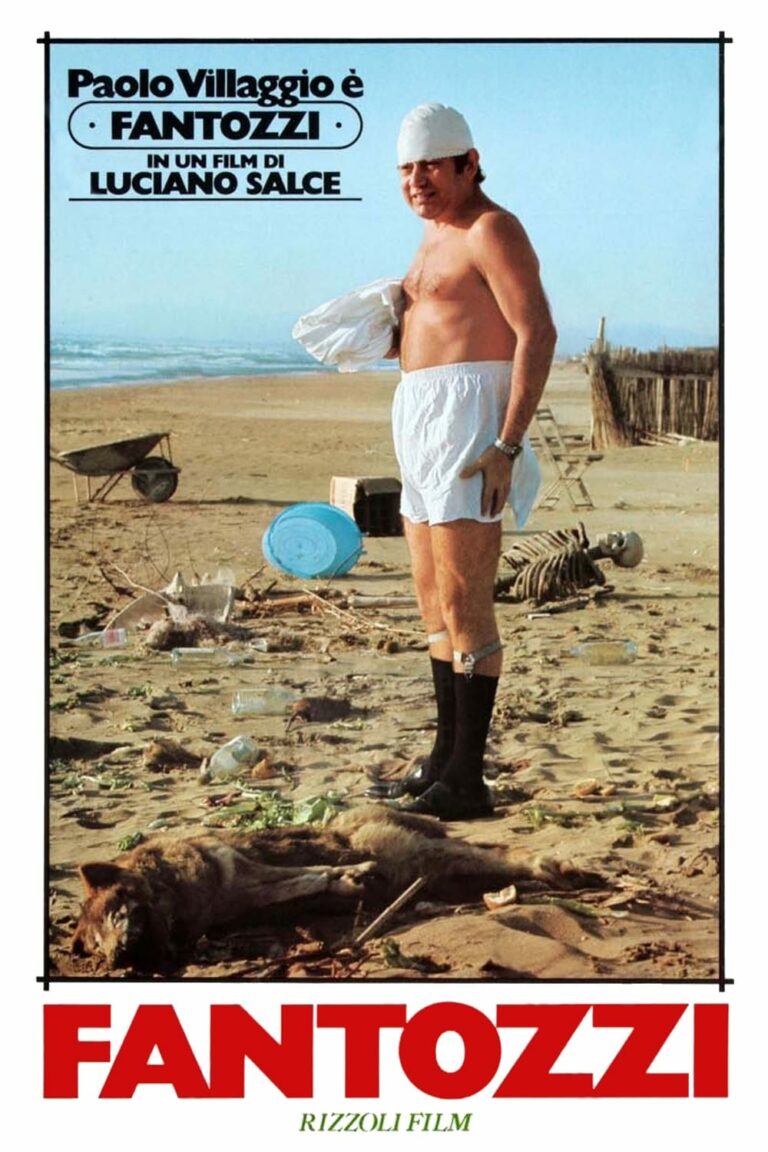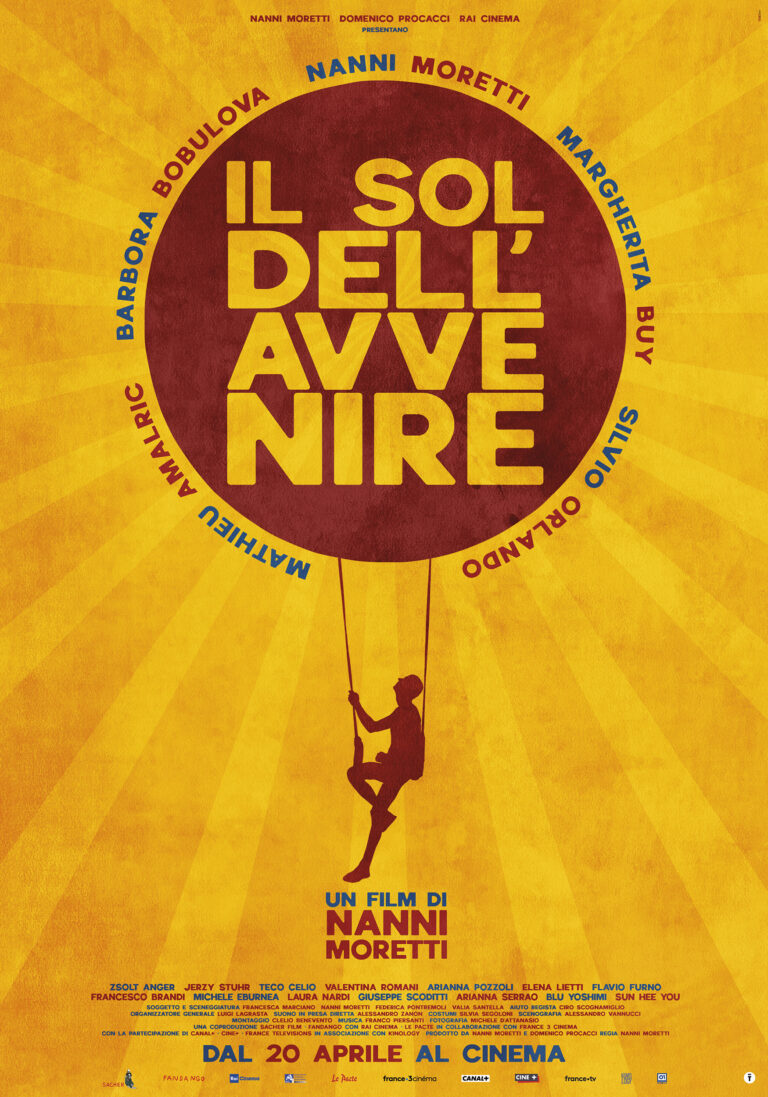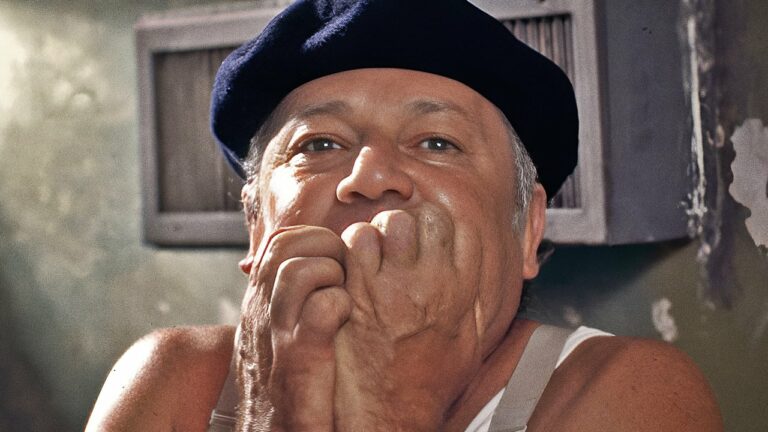
Released in 1954, Federico Fellini’s La Strada is a landmark in world cinema that epitomizes the transition from Italian Neorealism to Fellini’s unique brand of poetic and deeply humanistic storytelling. Starring Giulietta Masina, Anthony Quinn, and Richard Basehart, the film tells the poignant tale of a simple young woman, a brutish strongman, and a compassionate fool. Winner of the inaugural Academy Award for Best Foreign Language Film, La Strada is an enduring exploration of love, suffering, and the human spirit.
Introduction
La Strada (The Road) is a cinematic poem that transcends time and language. Directed by Federico Fellini and co-written with Tullio Pinelli and Ennio Flaiano, the film marks a turning point in Fellini’s career, blending the raw realism of his earlier works with a deeply symbolic and spiritual dimension. At its heart, La Strada is a meditation on human connection and the search for meaning in a harsh and indifferent world.
Plot Summary
Set against the stark rural landscapes of post-war Italy, La Strada follows Gelsomina (Giulietta Masina), a naive and innocent young woman sold by her impoverished mother to Zampanò (Anthony Quinn), a traveling strongman who performs feats of strength with a chain.
The Journey Begins
Gelsomina becomes Zampanò’s assistant, traveling with him as he performs in small towns. Despite her eagerness to please, Zampanò treats her with cruelty, often ignoring her needs and abusing her emotionally.
The Encounter with The Fool
Their lives change when they meet Il Matto (Richard Basehart), a high-spirited tightrope walker and clown. The Fool recognizes Gelsomina’s unique soul and offers her kindness, encouraging her to find her own worth. His lighthearted philosophy contrasts sharply with Zampanò’s brutish demeanor.
Tragedy Unfolds
As tensions rise between Zampanò and The Fool, their rivalry culminates in a tragic act of violence. Devastated, Gelsomina’s spirit is broken, leading to her abandonment by Zampanò.
The Heartbreaking Conclusion
Years later, Zampanò learns of Gelsomina’s death and, for the first time, confronts the weight of his actions. In a haunting final scene, he collapses on a beach, overcome with grief and the realization of the love he failed to recognize.
Historical Context
La Strada emerged during the post-war era when Italian Neorealism dominated cinema. This movement sought to depict the struggles of ordinary people with authenticity and simplicity, often using non-professional actors and on-location shooting. While La Strada shares these characteristics, it also moves beyond Neorealism by introducing symbolic elements and exploring universal themes of spirituality and redemption.
Federico Fellini’s Vision
Fellini’s vision for La Strada was deeply personal, inspired by his Catholic upbringing and fascination with circus culture. The film represents a bridge between his Neorealist beginnings (I Vitelloni, Rome, Open City) and his later, more surreal works (La Dolce Vita, 8½). Fellini described La Strada as a fable, a blend of reality and allegory, where every character symbolizes a facet of the human experience.
Main Characters
- Gelsomina (Giulietta Masina):
The heart and soul of the film, Gelsomina is innocent, childlike, and resilient. Masina’s luminous performance imbues her with a quiet strength and vulnerability, making her a timeless figure of compassion and sacrifice. - Zampanò (Anthony Quinn):
A tragic antihero, Zampanò embodies brute force and emotional repression. His journey from dominance to remorse highlights the consequences of unacknowledged love and lost opportunities. - Il Matto / The Fool (Richard Basehart):
The Fool represents joy, wisdom, and the fleeting beauty of life. His kindness to Gelsomina and philosophical musings provide a counterpoint to Zampanò’s harshness.
Themes in La Strada
1. Love and Redemption
The film explores love in its various forms—unspoken, unrequited, and transformative. Zampanò’s realization of his love for Gelsomina comes too late, underscoring the tragedy of redemption unfulfilled.
2. Loneliness and Isolation
Each character faces loneliness in their own way. Gelsomina’s yearning for connection, Zampanò’s emotional detachment, and The Fool’s transient existence all reflect the human condition.
3. Spirituality and Sacrifice
Gelsomina’s journey echoes Christ-like themes of suffering and sacrifice, elevating her story to a universal parable of compassion.
Cinematography and Visual Style
Otello Martelli’s cinematography captures the desolate beauty of rural Italy, emphasizing vast landscapes that mirror the characters’ emotional isolation. Fellini’s use of natural light and stark compositions creates a visual poetry that enhances the film’s emotional depth.
Nino Rota’s Score
Nino Rota’s haunting score is one of the most iconic in cinematic history. The main theme, associated with Gelsomina, is both melancholic and hopeful, perfectly encapsulating her spirit. Rota’s music amplifies the film’s emotional impact, making it an integral part of its storytelling.
Reception and Legacy
Critical Acclaim
Upon release, La Strada received widespread acclaim, winning the Silver Lion at the Venice Film Festival and the first-ever Academy Award for Best Foreign Language Film in 1957. Critics praised its emotional power, thematic depth, and Masina’s unforgettable performance.
Influence on Global Cinema
La Strada influenced filmmakers worldwide, including Martin Scorsese, Akira Kurosawa, and Ingmar Bergman. Its blend of realism and allegory set a precedent for films that seek to explore universal truths through deeply personal stories.
Comparison to Other Fellini Films
While La Strada retains elements of Neorealism, it is distinct from Fellini’s later works like La Dolce Vita and 8½, which are more surreal and self-reflective. However, the emotional depth and exploration of the human spirit in La Strada form the foundation of Fellini’s evolving style.
FAQs
- What does the title La Strada mean?
It translates to “The Road,” symbolizing the physical and emotional journeys of the characters. - Why is La Strada considered a classic?
Its universal themes, innovative storytelling, and iconic performances have made it a timeless work of art. - What is the significance of Gelsomina’s character?
Gelsomina represents innocence, resilience, and the capacity for unconditional love, making her a deeply moving and symbolic figure. - How does Nino Rota’s music contribute to the film?
The score enhances the emotional resonance of the story, with its melancholic yet hopeful tones perfectly reflecting the characters’ journeys. - Is La Strada suitable for first-time Fellini viewers?
Absolutely. Its accessible story and emotional depth make it an excellent introduction to Fellini’s work.
Conclusion
La Strada is a cinematic masterpiece that continues to touch hearts with its timeless themes of love, loss, and redemption. Federico Fellini’s poignant storytelling, Giulietta Masina’s unforgettable performance, and Nino Rota’s evocative score combine to create a film that transcends its era. As a journey into the depths of the human soul, La Strada remains a testament to the power of cinema to illuminate our shared humanity.





